Rubbermaid 300 gal. Structural Foam Stock Tank, Black – 222993599
Invest in the Rubbermaid 300 gal. Structural Foam Stock Tank – a liquid storage tank that’s made to last. Featuring a seamless design, this Rubbermaid stock tank is constructed from molded polyethylene for superior performance and long-lasting durability in all kinds of weather.
Invest in the Rubbermaid 300 gal. Structural Foam Stock Tank – a liquid storage tank that’s made to last. Featuring a seamless design, this Rubbermaid stock tank is constructed from molded polyethylene for superior performance and long-lasting durability in all kinds of weather. with a sleek appearance and smooth black color, this poly stock tank fits in anywhere.
- Seamless construction creates a highly durable liquid storage tank
- Optional all-plastic, anti-siphon float valve provides constant water level
- Plastic stock tank has 300-gal. capacity
- Dimensions: 63.25 in. L x 69 in. W x 25 in. H
- Backed by a 1-year limited warranty for manufacturer defects
- Fits just about anywhere for easy placement
Additional information
| Capacity | 300 gal. |
|---|---|
| Drain Plug Diameter | 2- in. |
| Features | Removable Drain Plug Included |
| Fill Opening Diameter | 69- in. |
| Primary Finish | Black |
| Gauge/Wall Thickness | UV Resistant |
| Hardware Included | Not Needed |
| Primary Color | Black |
| Primary Material | Foam |
| Product Height | 25 in. |
| Product Length | 63.25 in. |
| Product Width | 69 in. |
| Product Weight | 83 lb. |
| Shape | Circular |
| Tank Shape | Circular |
| Warranty | 1 Year Limited |

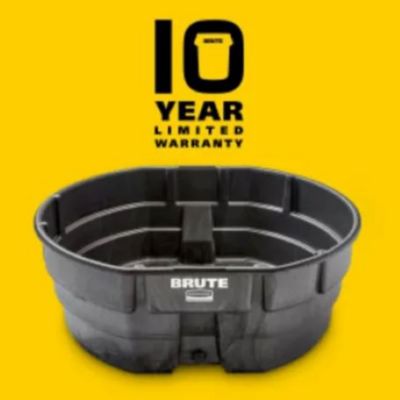
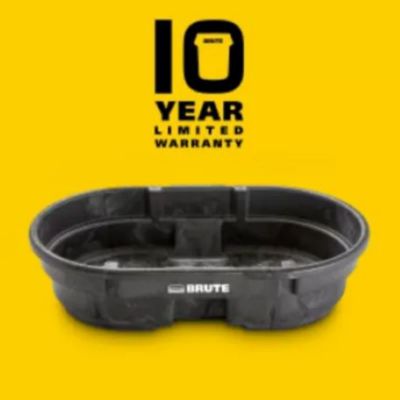
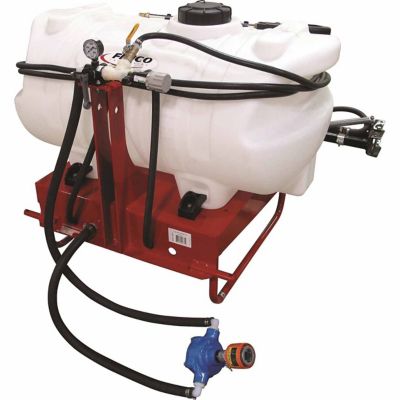
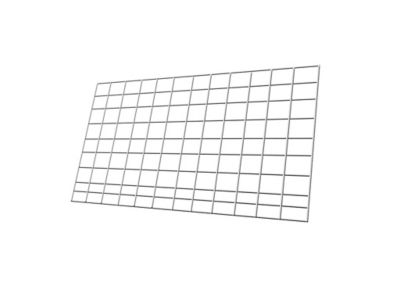
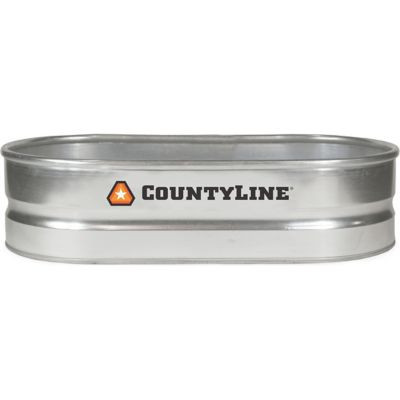

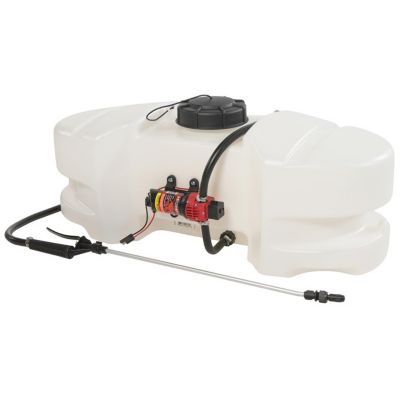
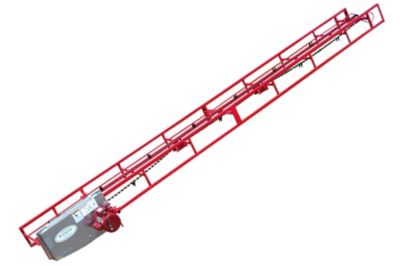
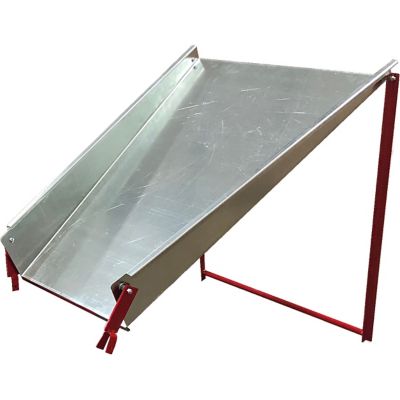
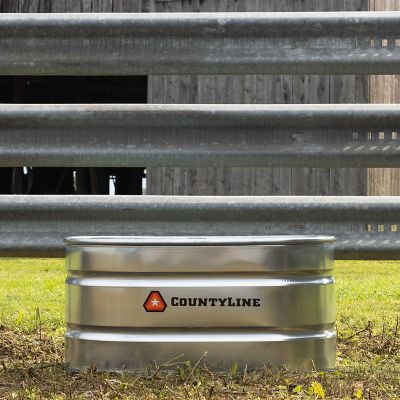
by Bear
Bought to use as a duck pond. Works great has a drain and an intake so emptying and filling are a breeze
by Mike
Bought to use as a duck pond. Works great has a drain and an intake so emptying and filling are a breeze
by Jennifer
Purchased for our dogs that like to use horse water as a pool.
by Michael
Strong, and it’s not very tall and I can reach the fish and don’t need to buy a very expensive pump. No problem at all with the drain plug, just make sure it’s tight before you put water into it.